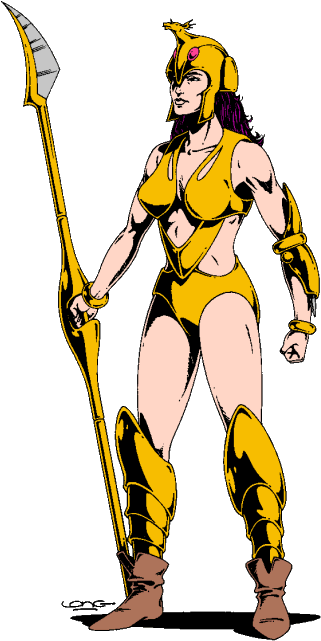The fey of Monvesia are classified into
courts--one for each of the elfish seasons, and roughly corresponding to the four common elfish genders or baseline elements. These courts are ruled by the
archfey which either inspired or created them. Two new types of fey are introduced below: Paracelsians, fey with a close relationship to the elements; and Thiasians, fey in service to a particular archfey.
In addition to seasonal court, three other subtypes or tags have also been applied to the fey:
Beastie. Some fey are also animals--but not quite
beasts. They still have an innate connection to
Faerie.
Plant. Several of the fey on the lists below are ordinarily classified as other types, particularly
plants,
but are treated as fey in Monvesia. They are still treated seperately as plants, as well. That is, spells and abilities that would affect fey would also affect plants; but those which only affect plants would have no affect on other fey.


